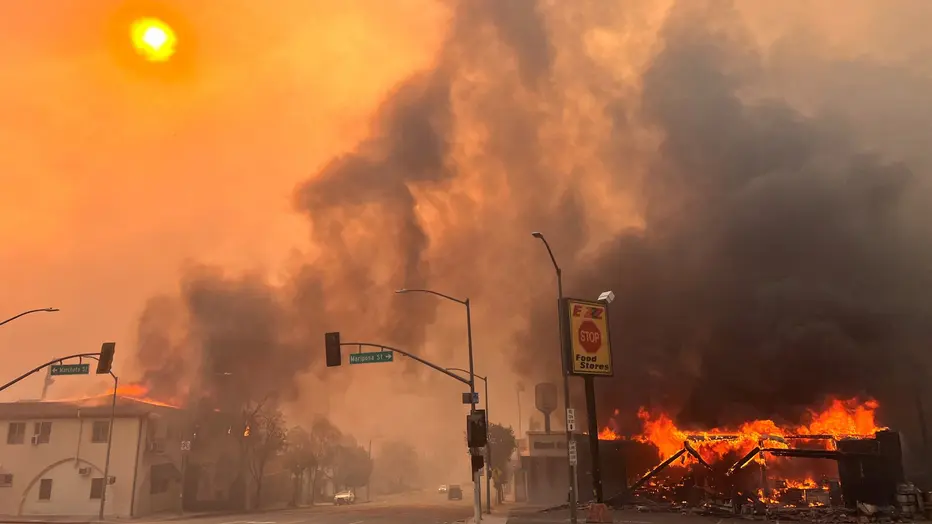Over the past few years, viruses have greatly impacted the world, alarming people of health-related threats worldwide. Concerns grow as new facts about viruses are discovered and announced. News about a new virus can increase the impact of safety and awareness.
The World Health Organization (WHO) declared a public health emergency for the Mpox virus in early August. Mpox is a rare viral infection in the virus family that includes smallpox. Clades 1 and 2 are the two strains of Mpox, clade 1 being more severe. A global outbreak of clade 2 began in 2022, including Europe, Asia and the Americas, and continued to increase in countries of Africa. It has become a recent concern due to an increase of clade 1 cases spreading throughout regions in Africa it’s never been in before. According to ucsf.edu, clade 1 currently has a fatality rate of 3.6%.
Mpox symptoms are similar to chickenpox and consist of a fever, swollen lymph nodes, sore throat, low energy, and a noticeable rash. Clade 1 and 2 symptoms are similar, but clade 1 symptoms tend to be more severe. Symptoms usually last 2-4 weeks and can appear a week after exposure. Some people get the mpox rash first, while others start with a fever. The mpox rash appears on the face and can spread all over the body. The rash spots appear as flat sores and can blister and itch.
Mpox is spread by human-to-human contact through the touch of infected skin. The virus can also spread from person to animal by being bitten or cooking an infected animal. Throughout history, most clade 1 cases have been caused by human-to-animal contact. Mpox is not an airborne virus but can be transmitted through inanimate surfaces like bedsheets. Some people can become infected without possessing any symptoms.
Mpox is not super fatal, but there are certain groups of people at a higher risk. Children and those who are pregnant or have a weak immune system are at a higher risk for a serious illness due to mpox. People in high-density areas like Africa are also at a higher risk. These people have a higher risk for a more severe case because they often have poorer health and limited access to health care.
Most people recover from mpox within 2 to 4 weeks, but the goal with mpox is to treat the rash and manage pain as soon as possible. It is advised to stay home, wash hands with soap and water often, and avoid touching spaces where the virus can spread; It is important not to pop or mess with the rash, to prevent the healing process from taking longer.
Mpox is a virus that has had an overall effect on the world. New information can feel scary and alarming, but knowing the facts can prevent panic.






